GALAXY DISCOVERIES
Added on: 4th Apr 2016
LIGHTS ON CERES

Recently, NASA astronomers noticed two bright lights on Ceres.
reflecting about 40% of the light hitting them, they are
thought to be ice areas or salt patches. some
scientists also suggest the lights might have a
geologic or volcanic origin.
QUASAR QUARTET

In May 2015, astronomers discovered the first quadruple
quasar ever. Consisting of four rare active black holes
situated in an unusually close proximity to one another,
the quartet is surrounded by a giant nebula of cool gas.
According to astronomers, the discovery is either a
one-in-ten-million coincidence, or it will make us rethink
current models of quasar evolution.
GIANT GAS CLOUD
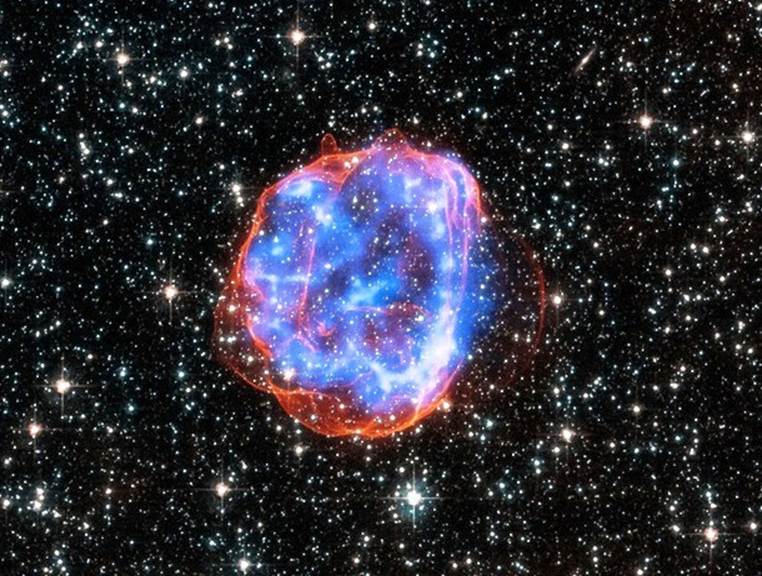
A few years ago, astronomers were surprised by an
unexpected discovery of a mysterious large space blob.
Now known as Himiko, the blob has been identified
as a giant gas cloud. With a length of about 55,000 light
years and a mass equivalent to that of about 40 billion Sun,
Himiko is one of the largest and most distant objects
ever found in space.
ASTEROID WITH RINGS
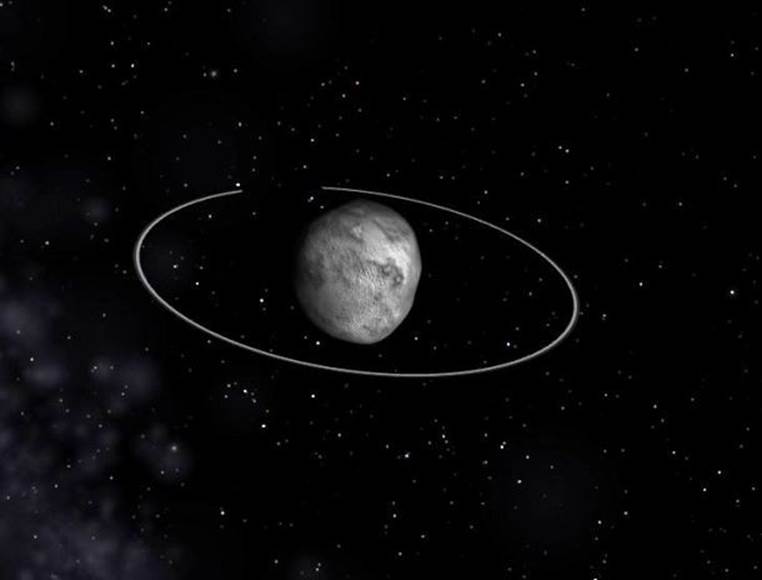
In 2014, for the first time ever, astronomers discovered a ring system
surrounding an asteroid. Found around an asteroid named Chariklo,
the rings are a complete surprise to planetary scientists, who are
not exactly sure how such rings could have formed. One of their
theories suggests they might have formed when another smaller
object slammed into Chariklo´s surface, kicking up a huge amount
of debris that settled into rings held in place by gravity.
RADIO GALAXY J1420-0545

Radio galaxies are types of active, short-lived galaxies that are
very luminous at radio wavelengths. The largest of the radio
galaxies ever discovered is named J1420-0545 and it stretches
across a staggering 15 million light years of space.
GIGANTIC ALCOHOL CLOUD
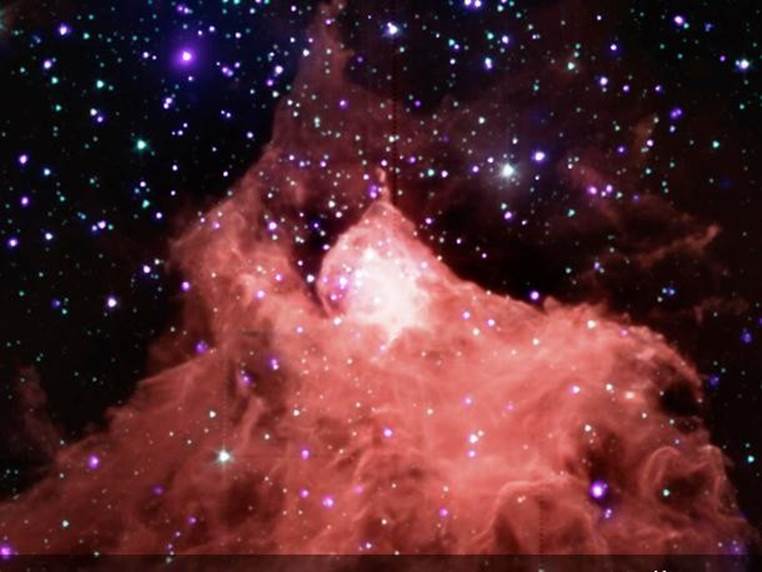
While studying an area called W3(OH) -a region in our galaxy
where stars are being formed by the gravitational collapse of
gas and dust- astronomers based at Jodrell Bank Observatory
discovered a giant bridge of methyl alcohol. This bridge spans
about 288 billion miles and wraps around a stellar nursery.
FLARE ON MIRA
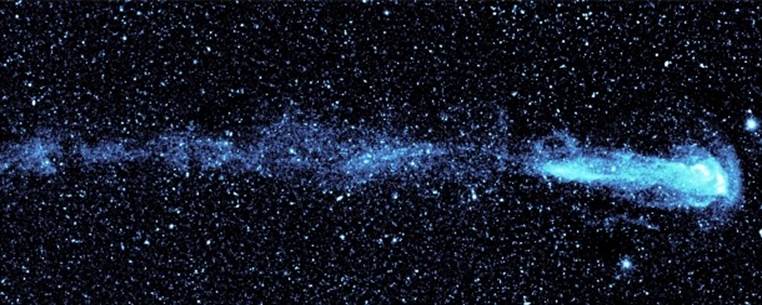
Super-sharp observations with the telescope ALMA recently
revealed what seems to be a large flare on the surface of Mira,
a red giant star estimated to be 200–400 light years away
in the constellation Cetus.
COSMIC MICROWAVE BACKGROUND
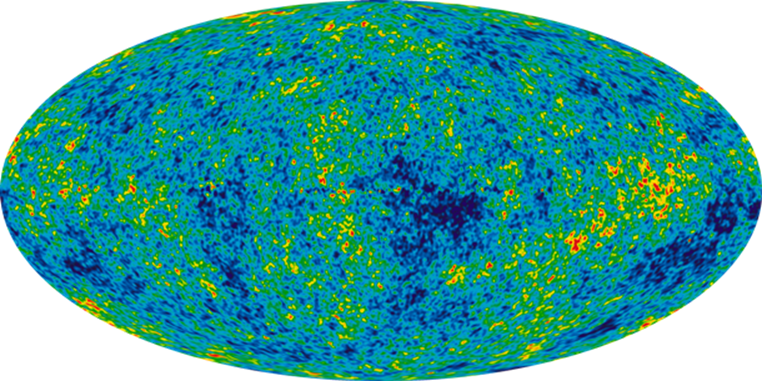
Defined as thermal radiation left over from the time of recombination
in Big Bang cosmology, the CMB was accidentally discovered in
1964 by American radio astronomers Arno Penzias and Robert
Wilson who were working on a radiometer for satellite communication
experiments. The unexpected discovery even earned the
astronomers a Nobel Prize.

Comment on this